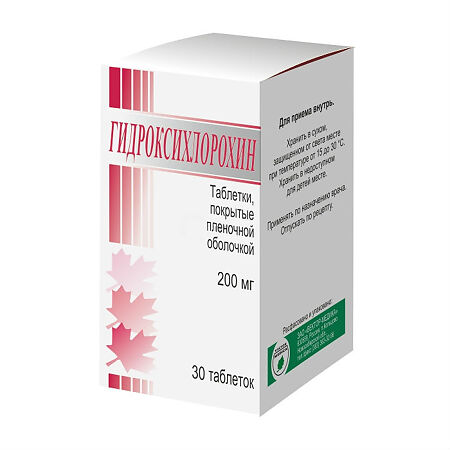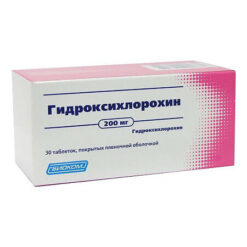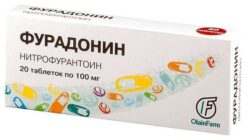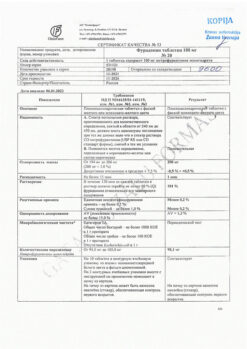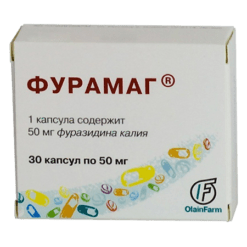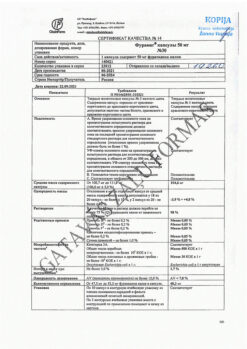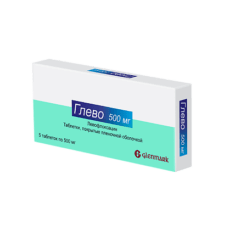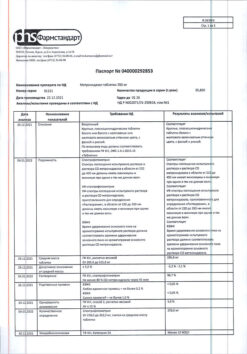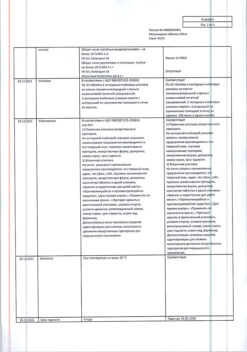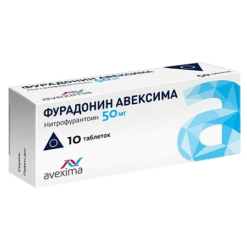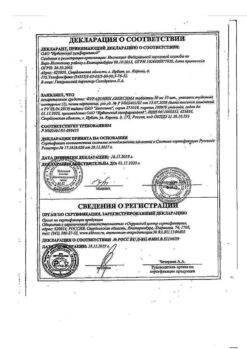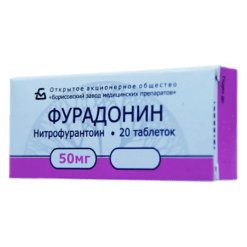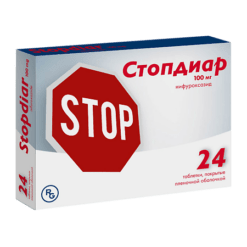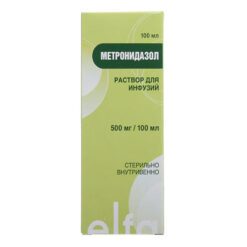No products in the cart.
Hydroxychloroquine, 200 mg 30 pcs
€1.00
Out of stock
(E-mail when Stock is available)
Description
Pharmacotherapeutic group: Antimalarial
ATC code: P01BA02
Pharmacodynamics:
Hydroxychloroquine by the chemical structure and pharmacological action is similar to chloroquine (hingamine).
Hydroxychloroquine has several pharmacological effects determining its therapeutic effect: it interacts with sulph-hydryl groups, changes enzyme activity (including phospholipase NADN-cytochrome C-reductase cholinesterase proteases and stabilizes lysosomal membranes; inhibits prostaglandin formation inhibits chemotaxis and phagocytosis of polymorphonuclear cells.
Malaria
Hydroxychloroquine actively suppresses erythrocytic forms and R. vivax and R. malariae gametes that disappear from the blood almost simultaneously with sexless forms does not affect R. Falciparum gametes. Hydroxychloroquine does not prevent recurrent attacks of malaria caused by P. vivax and P. malariae because it is ineffective against exoerythrocytic forms of P. vivax R. malariae and P. ovale and also does not prevent infection with these microorganisms when used prophylactically.
At the same time it reduces the severity of attacks, stops the attacks and significantly prolongs the interval between the course of treatment and the next attack at disease caused by these pathogens. At malaria caused by P. falciparum it eliminates acute attacks and leads to a complete cure unless we are not talking about resistant variants of the parasite. The frequency of resistant to 4-aminoquinoline derivatives forms of P. falciparum depends on the geographical location most often observed in some areas of South Asia, Central and South America, East Africa, Oceania.
Rheumatoid arthritis and lupus erythematosus
Hydroxychloroquine has immunosuppressive and anti-inflammatory discoid and systemic forms) and in acute and chronic rheumatoid arthritis. The exact mechanism of action in these diseases is unknown.
Pharmacokinetics:
Being a weak base hydroxychloroquine is quickly and completely absorbed in the small intestine of the gastrointestinal tract (GIT). The rate and completeness of absorption may vary from person to person but is independent of food intake. In the blood, hydroxychloroquine is approximately 40 to 45% bound to plasma proteins (albumin and a 1-glycoprotein) with a degree of availability of about 74% (70 to 80%). After a single oral intake of 200 mg of hydroxychloroquine sulfate (1 tablet) by a healthy subject, the average peak concentration (Cmax) is 244 ng/ml (188-427 ng/ml) 2-45 hours after intake (Tmax). The drug concentration in plasma is 7-8 times lower than in whole blood.
The drug is easily distributed between the body tissues having a significant apparent volume of distribution (Vd) (550±220 L and 440±210 L when calculated for whole blood and plasma, respectively). The drug concentrates in the brain, liver, spleen, lungs and erythrocytes; its concentration in these organs is higher than in plasma. Both chloroquine and hydroxychloroquine exhibit high affinity for melanin; their highest concentrations are observed in the epidermis of the retina vasculature and ciliary body of the eyeball. Small concentrations of hydroxychloroquine (about 32 micrograms after 48 hours) were found in the breast milk of women who received 800 mg of the drug.
Hydroxychloroquine is partially metabolized in the liver. A small part of the drug (6%) is metabolized in one pass. The formation of a number of decomposition products occurs in this sequence:
- secondary amine deethylhydrochloroquine or deethylchloroquine;
- primary amine bisdeethylchloroquine;
- 4′ – aldehyde derivative a small portion is further reduced to alcohol;
- 4′ – carboxy derivative. The main product of decomposition is deethylhydrochloroquine, which also has anti-plasmodial activity. Hydroxychloroquine conjugated to glucuronic acid is found in bile.
After administration of 200 mg of hydroxychloroquine sulfate orally to adult volunteers, the half-life of the drug (t1/2) is 50 ± 16 days according to whole blood (about 32 days in plasma).
Elimination of hydroxychloroquine from the body occurs in 2 stages. About 30-60% of the drug taken into the body is metabolized in the liver. A small amount is excreted by the kidneys – 15 to 25% of the total amount, even several months after the end of treatment traces of the drug are detected in the urine. After a single use of 200 mg of hydroxychloroquine sulfate total excretion with urine of unchanged substance and its metabolites after 86 days is 16 % and 13 % of the administered dose, respectively. Unabsorbed substance (up to 15-24 %) is excreted via gastrointestinal tract.
An unspecified amount is deposited in epithelium cells and excreted during their exfoliation. Some portion of the dose taken is eliminated by hepatic metabolism with subsequent excretion in the bile and in the renewal of pigmented epithelial tissues such as the skin. A number of studies indicate that 21 to 47% of the drug is excreted unchanged.
Indications
Indications
Active ingredient
Active ingredient
Composition
Composition
How to take, the dosage
How to take, the dosage
Interaction
Interaction
Special Instructions
Special Instructions
Contraindications
Contraindications
Side effects
Side effects
Overdose
Overdose
Similarities
Similarities
Additional information
| Shelf life | 3 years. Do not use after the expiration date printed on the package. |
|---|---|
| Conditions of storage | Store in a dry place protected from light at a temperature of 15 to 30 ° C Keep out of reach of children. |
| Manufacturer | Vector-Medica JSC, Russia |
| Medication form | pills |
| Brand | Vector-Medica JSC |
Other forms…
Related products
Buy Hydroxychloroquine, 200 mg 30 pcs with delivery to USA, UK, Europe and over 120 other countries.

